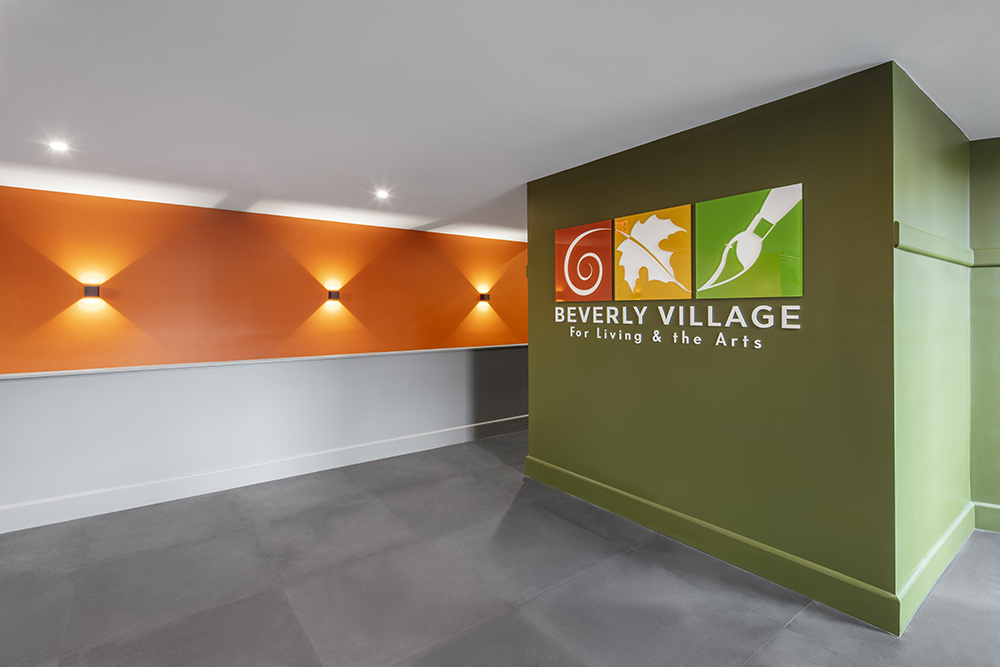News: Construction Design & Engineering
Posted: November 19, 2008
Ann Beha named by Museum of Fine Arts for master program plan
The Museum of Fine Arts, Boston (MFA), has commissioned Ann Beha Architects (ABA) to develop a master program plan for its campus, including The Forsyth Institute property that the MFA purchased in September 2007. The Forsyth Institute's historic Beaux Arts building, located at 140 The Fenway adjacent to the MFA building's east side, extends the museum's landmark campus along Boston's historic Fenway. ABA's master program plan will examine the MFA's current and projected space needs and analyze how the museum's facilities could accommodate them. The effort will include a comprehensive assessment of the Forsyth property, and will explore how to integrate it programmatically as well as physically into the MFA.
"The purchase of the Forsyth building provides an opportunity to reassess the MFA's entire campus and determine the best ways to use our real estate to achieve our strategic goals," said Malcolm Rogers, Ann and Graham Gund director of the Museum of Fine Arts, Boston. "ABA's experience in adapting historic buildings, coupled with the firm's understanding of Boston and its communities, will serve the museum well as we look toward successfully incorporating the Forsyth property into the MFA's environs."
Completed in 1914, The Forsyth Institute comprises 115,000 s/f on 1.6 acres bordering Forsyth Way and the Fenway. It overlooks the Back Bay Fens portion of Frederick Law Olmsted's Emerald Necklace, as do the museum and the School of the Museum of Fine Arts. The newly expanded MFA campus represents the largest frontage along the Fens. ABA will address the relationship between the Fens and the Forsyth property, recognizing the importance of the landscape to the Fenway neighborhood. The master program plan will incorporate information gathered from meetings with museum staff, trustees, and community leaders, and will include sustainable design principles. The MFA has also hired Smith + St. John Inc., a Boston-area development and project management services group, to serve as owner's representative in managing this effort.
"This project joins heritage with future vision. These significant buildings, with their extensive frontage on the historic Fens, reflect the museum's identity and reach," said Ann Beha, principal of ABA. "Our job is to find the most creative path for the museum as it expands its remarkable campus."
Based in Boston, and practicing internationally, Ann Beha Archts. was founded in 1980.
(www. annbeha.com). The firm is engaged in both contemporary design and in the preservation and adaptive use of landmark buildings. Representative projects include Master Plans for the Huntington Library, Art Collections and Botanical Gardens in San Marino, CA; the Hillwood Museum and Gardens in Washington, DC; and Old North Church in Boston. Recent building projects include the New Britain Museum of American Art in Connecticut, the Mary Baker Eddy Library for the Betterment of Humanity in Boston, the Currier Museum of Art in New Hampshire, and the Portland Art Museum in Oregon, as well as projects at Boston's Symphony Hall and the Tanglewood Music Center. ABA also served as the Preservation Architect for adaptive re-use of the historic Charles Street Jail, which is now Boston's Liberty Hotel. ABA's projects have been honored by the American Institute of Architects, the Boston Society of Architects, the National Trust for Historic Preservation, the Boston Preservation Alliance, and the Victorian Society in America.
The Museum of Fine Arts, Boston (www.mfa.org), is recognized for the quality and scope of its encyclopedic collection, which includes an estimated 450,000 objects. The MFA opened the doors of its red brick and terra-cotta building in Copley Square on July 4, 1876. Over time, the rapid growth of the collection made a new location necessary and the Museum hired architect Guy Lowell to develop a master plan for a grand, classical museum. In 1909, the MFA moved to its present Beaux-Arts-designed granite structure on Huntington Avenue. Throughout the century, the Museum continued to expand with major additions, such as its Evans Wing (designed by Lowell) in 1915, and its West Wing (designed by I.M. Pei) in 1981. In 1999, the MFA commissioned the architectural firm, Foster + Partners (London), to develop a master site plan that would reflect the strong north/south axis of Lowell's original design while addressing the MFA's growing collection as well as the visitor experience. The building project features the construction of an American Wing and the glass-enclosed Ruth and Carl J. Shapiro Family Courtyard. Other highlights include the Linde Family Wing for contemporary art (previously named the West Wing), as well as additional galleries, educational spaces, conservation facilities, and enhanced visitor amenities. (The Building Project is expected to be completed in late 2010.)
MORE FROM Construction Design & Engineering
Reveler Development plants a tree for grand opening of The Eddy
Biddeford, ME According to Reveler Development, The Eddy, a new multi-family community located at 8 Eddy Ave., celebrated its grand opening, following the final phase of

Columns and Thought Leadership

Careers in Construction Month focus on training and safety - by Joe Camilo
October is Careers in Construction Month, and rarely has it been more consequential. According to our chapter’s national parent organization, the construction industry needs to attract half-a-million new workers in the coming year to meet demand. Addressing that need is a huge job, but we at ABC MA are trying to do our part.

The rise of incubators and co-working spaces: The latest in life sciences - by Matt Combs
In recent years, the life science industry has witnessed a shift in how companies operate and innovate. One of the key driving forces behind this transformation is the emergence of incubators and co-working spaces specifically tailored to meet the unique budget and schedule needs of startups.

Ask the Electrician: Is summer a prime time for commercial electrical maintenance?
The answer is “Yes!” While January marks the official new year, many businesses view September as a fresh start. This makes summer an ideal time for commercial property owners to schedule long-term electrical maintenance projects.

The design-build advantage: Integrated interior design solutions - by Parker Snyder
When it comes to corporate interior spaces for both commercial and industrial projects, partnering with a design-build firm with in-house interior design services can offer clients many benefits. Unlike traditional delivery methods where interior designers operate independently from the design and construction teams, often creating a longer project timeline as cost negotiations and revisions ensue







.png)